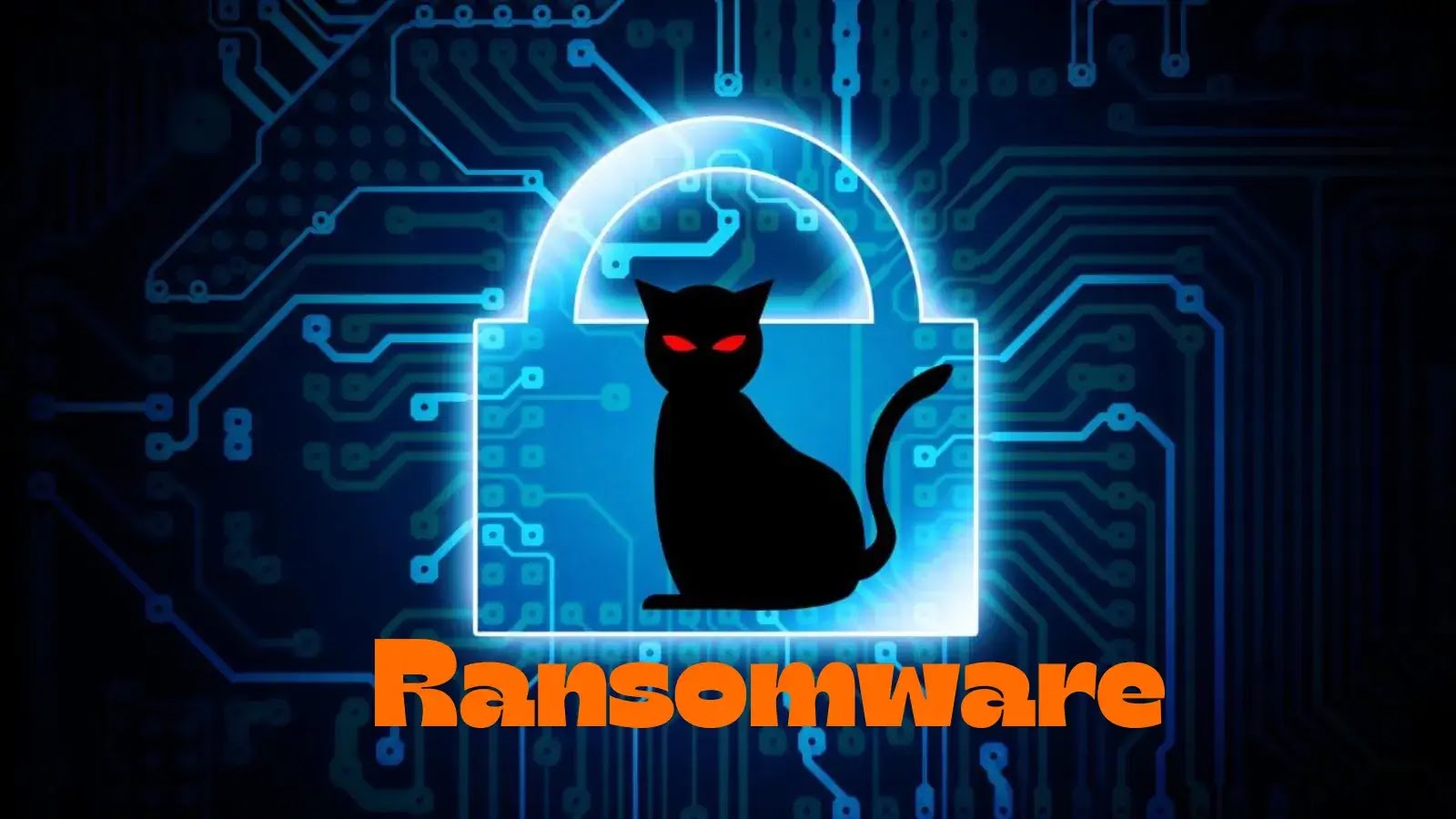
Cybersecurity Professionals Charged for Deploying ALPHV BlackCat Ransomware Against US Companies
Ransomware Masterminds Unmasked: Cybersecurity Professionals Charged in ALPHV BlackCat Attacks
The trust placed in cybersecurity professionals is paramount. They are the guardians of our digital infrastructure, tasked with defending against the very threats they often understand most intimately. Therefore, it’s particularly jarring when those entrusted with protection allegedly turn their skills to orchestrate devastating attacks. This precisely describes the recent federal charges brought against two individuals, Ryan Clifford Goldberg and Kevin Tyler Martin, who are accused of deploying the sophisticated ALPHV BlackCat ransomware against numerous American businesses. This incident underscores a critical, unsettling truth about the insider threat and the evolving landscape of cybercrime.
The Allegations: A Betrayal of Trust and Expertise
According to federal charges, Ryan Clifford Goldberg, 28, of Watkinsville, Georgia, and Kevin Tyler Martin, 31, of Roanoke, Texas, are not just ordinary cybercriminals. Both are described as cybersecurity professionals, a designation that adds a chilling layer to the accusations. They are alleged to have spearheaded a complex ransomware campaign, targeting a diverse array of U.S. organizations. The victims span critical sectors, including healthcare, pharmaceuticals, manufacturing, and engineering firms, highlighting the broad impact and strategic targeting of their alleged operations. The charges represent a significant victory for law enforcement in disrupting high-level ransomware activities.
Understanding ALPHV BlackCat Ransomware
The ALPHV ransomware, also known as BlackCat, is a notorious player in the Ransomware-as-a-Service (RaaS) model. It emerged on the scene in late 2021 and quickly gained a reputation for its advanced capabilities and aggressive tactics. BlackCat is written in the Rust programming language, making it more difficult to analyze and detect compared to ransomware written in more common languages like C++ or C#. Its operators are known for employing a double-extortion strategy: not only do they encrypt victim data, but they also exfiltrate sensitive information and threaten to leak it publicly if the ransom is not paid. This significantly increases pressure on victim organizations, often forcing them to pay substantial ransoms to prevent data breaches and reputational damage.
The capabilities of ALPHV BlackCat include:
- Advanced Encryption: Utilizes strong encryption algorithms to render victim files inaccessible.
- Data Exfiltration: Steals sensitive data before encryption, employing a double-extortion tactic.
- Customizable Payloads: Operators can tailor the ransomware to specific target environments.
- Stealthy Persistence: Designed to evade detection and maintain a foothold within compromised networks.
- Affiliate-Based Model: Operates as a RaaS, allowing other threat actors to lease its tools and infrastructure.
Targeted Sectors and Broader Implications
The alleged targeting of healthcare, pharmaceutical, manufacturing, and engineering firms by Goldberg and Martin raises significant concerns. These sectors are not only rich in valuable intellectual property and confidential data but also critical to national infrastructure and public well-being. A successful ransomware attack on a healthcare provider, for instance, can disrupt patient care, compromise sensitive medical records, and even lead to life-threatening delays. Attacks on manufacturing and engineering firms can halt production, disrupt supply chains, and lead to substantial economic losses.
This incident also highlights the growing prevalence of insider threats, where individuals with privileged access or deep knowledge of an organization’s systems exploit that understanding for malicious purposes. While Goldberg and Martin may not have been direct employees of the victim entities, their background as cybersecurity professionals suggests a strategic and informed approach to identifying and exploiting vulnerabilities.
Remediation Actions and Proactive Defense
Defending against sophisticated ransomware like BlackCat requires a multi-layered and proactive approach. Organizations, especially those in critical sectors, must continually strengthen their security posture. While a specific CVE for this broader campaign isn’t directly applicable, the underlying vulnerabilities exploited are often common.
Here are key remediation actions and best practices:
- Robust Backup and Recovery Strategy: Implement air-gapped, immutable backups. Regularly test your recovery plans to ensure business continuity post-attack.
- Endpoint Detection and Response (EDR) and Extended Detection and Response (XDR): Deploy advanced EDR/XDR solutions to detect and respond to suspicious activities and ransomware behavior in real-time.
- Network Segmentation: Isolate critical systems and sensitive data from the rest of the network to limit lateral movement of attackers.
- Principle of Least Privilege: Grant users and systems only the minimum access rights necessary to perform their functions.
- Multi-Factor Authentication (MFA): Enforce MFA for all remote access, privileged accounts, and critical systems.
- Regular Vulnerability Management: Conduct frequent vulnerability scans and penetration tests. Patch systems promptly. For example, ensuring patches are applied for common vulnerabilities like CVE-2021-34527 (PrintNightmare) or CVE-2021-44228 (Log4Shell) can significantly reduce the attack surface.
- Security Awareness Training: Educate employees about phishing, social engineering, and safe computing practices. A single click can lead to an entire network compromise.
- Incident Response Plan: Develop and regularly test a comprehensive incident response plan, including communication protocols, containment strategies, and recovery procedures.
Conclusion: Heightened Vigilance in a Complex Threat Landscape
The charges against Ryan Clifford Goldberg and Kevin Tyler Martin serve as a stark reminder of the persistent and evolving nature of cyber threats. That individuals with cybersecurity expertise would allegedly exploit their knowledge for malicious gain highlights the critical need for internal security measures, stringent background checks, and an unwavering commitment to ethical conduct within the cybersecurity community. For organizations, this incident reinforces the necessity of layered defenses, proactive threat intelligence, and continuous vigilance. Protecting digital assets requires not only robust technology but also a keen awareness of the human element, both as a potential weakness and the ultimate strength in defense.





